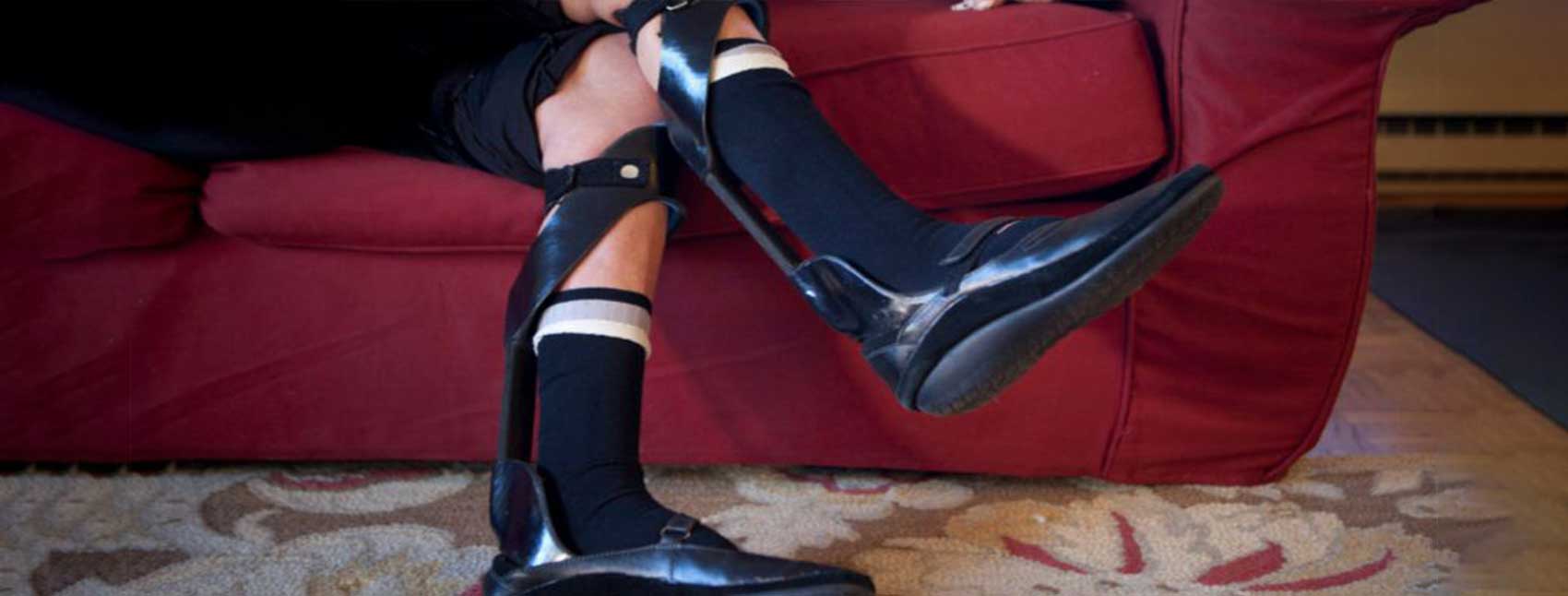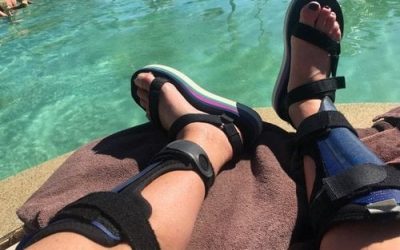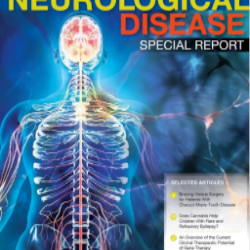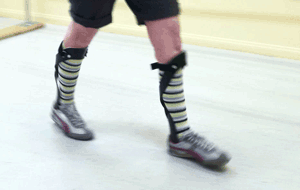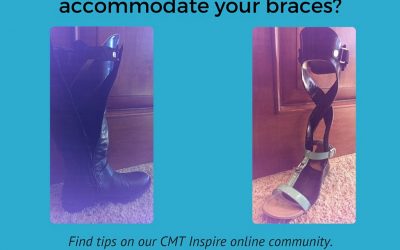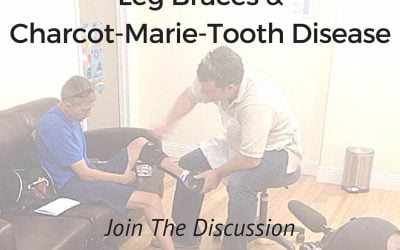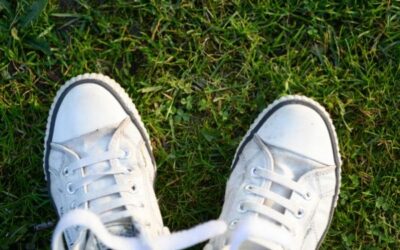Bracing is used in the management of CMT to support and hold a part of the body compromised by muscle weakness, muscular atrophy, and sensory impairment.
Many CMT patients consequently need to wear special footwear, foot orthoses and ankle-foot orthoses (AFOs) to maintain independent ambulation. But there are a variety of braces available for ankles, knees, feet, hands, and other areas weakened by CMT. Even your neck and spine can be braced. For many with CMT, braces can bring newfound ability to walk quickly and smoothly and provide greater independence in everyday activities.
3 Top resources for Bracing:
1. ABC’s of AFO’s
A comprehensive overview of the different types of bracing to support you in choosing your best option.
Download or Scroll Down.
2. AFO Checklist
A checklist of specific questions to ask your orthotist prior to and during your visit to ensure you are getting the best care and product possible.
ABC’s of AFO’s
Definition of an ankle-foot orthosis (AFO):
Any orthotic device for the lower limb that encloses the ankle and foot, does not extend above the knee, and is intended to prevent a foot from dropping due to inadequate dorsiflexion.
Definition of a knee-ankle-foot orthosis (KFO):
Any orthotic device for the lower limb that extends from above the knee to the ankle and foot, and is intended to control the knee joint in addition to the foot and ankle.
Bracing for adults and children:
Foot drop and balance loss are the most common complaints CMT patients have when evaluating for AFOs. Balance loss can cause pathological gait to be more exaggerated. With balance loss, CMT patients will need to rely on objects to lean against while standing, and to touch objects, such as walls, while walking.
Bracing for children with CMT should consist of all the same clinical evaluations and goals as for adults. One primary difference is consideration for growth. As growth rates cannot be controlled or clinically predicted, it is in the discretion of practitioners as to whether they could build in extra length to the device for potential growth without compromising fit, stability, and function.
Another difference in treating children is that there may be a more intense focus on correction than with adults, to the point of even over-correction, knowing the ongoing progression of deformity that often occurs in CMT patients. Adults can still achieve significant correction in gait, and this should be the goal in orthotic treatment.
Factors used to determine and prescribe a lower limb orthosis:
- Tibialis anterior strength
- Gastrocnemius strength
- Quadriceps strength
- Age
- Overall strength
- Hand involvement
- Extent of damage to muscles, tendons, ligaments, bones, joints and balance.
Pathologic gait affecting ankle and foot:
athologic gait is when the strength, joint mobility, and coordination for walking represent only a fraction of normal lower-limb potential.
Ankle and Foot:
- Inappropriate initial contact
- Low heel strike
- Flat foot contact
- Forefoot contact (toe strike/foot drop)
Most common symptoms with CMT when evaluating for bracing
- Foot drop
- Pes cavus deformity
- Varus deformities
- Valgus deformities
- Muscle atrophy
- Balance loss
Primary bracing corrections for CMT should address the following:
- Foot drop
- Loss of balance
- Gastrocnemius weakness
- Foot and ankle deformity
- Slow walking speed
Gait deviations with CMT:
Primary gait compensations with CMT:
- Bilateral hip hiking; causes a steppage gait
- Lateral trunk bending
- Circumduction; circular movement of the leg to prevent the toes from dragging on the ground. All of these gait deviations are due to weakness of the Tibialis Anterior.
Effects of drop foot and balance loss:
- Increases oxygen consumption
- Overtaxes the existing musculature that is working
- Early fatigue
- High risk for tripping and falling
Effects of uncorrected foot deviations or deformities:
- Contractures—the achilles tendon becomes shortened from a lack of dorsiflexion
- Ligamentous laxity—ligaments become overstretched due to improper joint alignment. This causes further instability at the foot and ankle and creates more balance loss
Bracing correction techniques for CMT:
- Corrective mold taken properly should incorporate realignment of joint deviations
- Lab modifications or corrections
- Test braces (diagnostics) If necessary
- Corrective brace fabrication
- Final fitting of device (including adjustment
Corrective CMT bracing should consist of:
Triplanar Correction: The patient’s foot and ankle need to be corrected as much as possible in all 3 planes of movement;
- Ankle Joint-or Talocrural Joint
- Subtalar Joint
- The midtarsal joint (transverse tarsal joint)
Types of orthoses:
- Posterior leaf spring Ankle-foot orthosis (AFO)
- Solid ankle AFO
- Floor reaction AFO
- Jointed AFO
- Range-of-motion adjustable jointed AFO
- Energy storing carbon fiber AFO
- Knee-ankle-foot orthosis (KAFO)
- Energy storing KAFO
- Off-the-shelf AFOs (not recommended for CMT patients with moderate or severe deformity, or edema)
Differences between custom and off the shelf orthoses (AFOs):
- Custom made AFOs are made from a mold of the patient’s leg, in order to fabricate a custom fit device which can address different structural deformities.
- Off the shelf are not made from molds. They are pre-manufactured, and are typically fit by sizes; small, medium, large, left and right.
Corrective bracing goals for CMT:
- Triplanar correction
- Corrected alignment
- Balance restoration
- Prevention of further deformity
- More functional gait through energy storing mechanics
Balance and bracing basic principles:
- If the patient cannot stand with balance, they cannot walk with balance.
- Balance requires a stable foundation. If the foot and ankle are not corrected in the brace’s footplate, balance can be poor.
- Balance restoration also requires practice. Physical therapy should be incorporated if needed.
- Floor reaction brace design helps CMT patients with balance.
- Energy storing designs can help patients reduce fatigue.
Current materials used in bracing fabrication:
- Thermoplastics
- Metal
- Leather
- Carbon fiber
It is recommended that CMT patients who experience balance loss, foot/leg pain, or an irregular gait obtain an evaluation by a certified orthotist. Uncorrected gait and balance issues can lead to other complications, including progression of further joint deformity, progression of muscle weakness and fatigue, increased risk for falls, and overall negative impact on quality of daily activities.
This information was provided by Mitchell Warner, CPO, Ortho Rehab Designs Prosthetics and Orthotics, Inc., Las Vegas, NV http://www.heliosbracing.com; email: [email protected]
HNF Collaborates with Italian CMT Organization ACMTRete on the ABCs of AFOs – Now Available in English & Italian!
Last Fall, HNF teamed up with Mitchell Warner, CPO, Ortho Rehab Designs Prosthetics and Orthotics, INC., and a panel of CMT patients to thoughtfully put together a comprehensive 10-page packet to educate and empower our community.
Introducing the New Helios GX with Monica Tullar
The Helios GX had Monica walking faster, with stability, comfort, and that extra spring to support her as she manages her CMT.
Rare Neurological Disease Special Report Features CMT and HNF!
ust released, the third annual Rare Neurological Disease Special Report has CMT taking a front-row position with several articles discussing the latest developments in CMT treatments and improving CMT care.
Two New Charcot-Marie-Tooth (CMT) Surveys Regarding Orthotics Use and Autonomic Neuropathy Prevalence
Two New Charcot-Marie-Tooth (CMT) Surveys Regarding Orthotics Use and Autonomic Neuropathy Prevalence
Do You Need Ideas For Shoes To Accommodate Your Braces?
Do you have difficulty finding stylish shoes other than sneakers that accommodate your braces? Find tips on our CMT Inspire online community. Not a member yet? You can Join the Inspire Community today. The Hereditary Neuropathy Foundation created this online community...
Leg Braces, AFOs & CMT: Finding the Right Fit
Has the time come for leg braces? If so, there are a lot of options to find the right brace for you. If you have braces, share your story about getting fitted and finding the right braces with our community to help others with their search. What type of professional...
Helios Leg Braces for CMT Patients
Leg braces for CMT help support and hold a part of the body compromised by muscle weakness, muscular atrophy, and sensory impairment.
Bracing for Helios
Lori didn’t plan to visit casinos or nightclubs during her trip to Las Vegas, Nevada in October. But when she boarded a 6:00 A.M. flight with her boyfriend, photographer Jerry, she was a little concerned that she was taking a gamble. Lori, who describes herself as...
Mixed Martial Arts and Charcot-Marie-Tooth
Learn how this CMT patient adapted his Mixed Martial Arts training to his disability.
Top Pedorthic Experts Answer your Questions about CMT and Footwear
Foot abnormalities and difficulty walking are common problems for people with CMT. Having the right shoes can make a huge difference!

